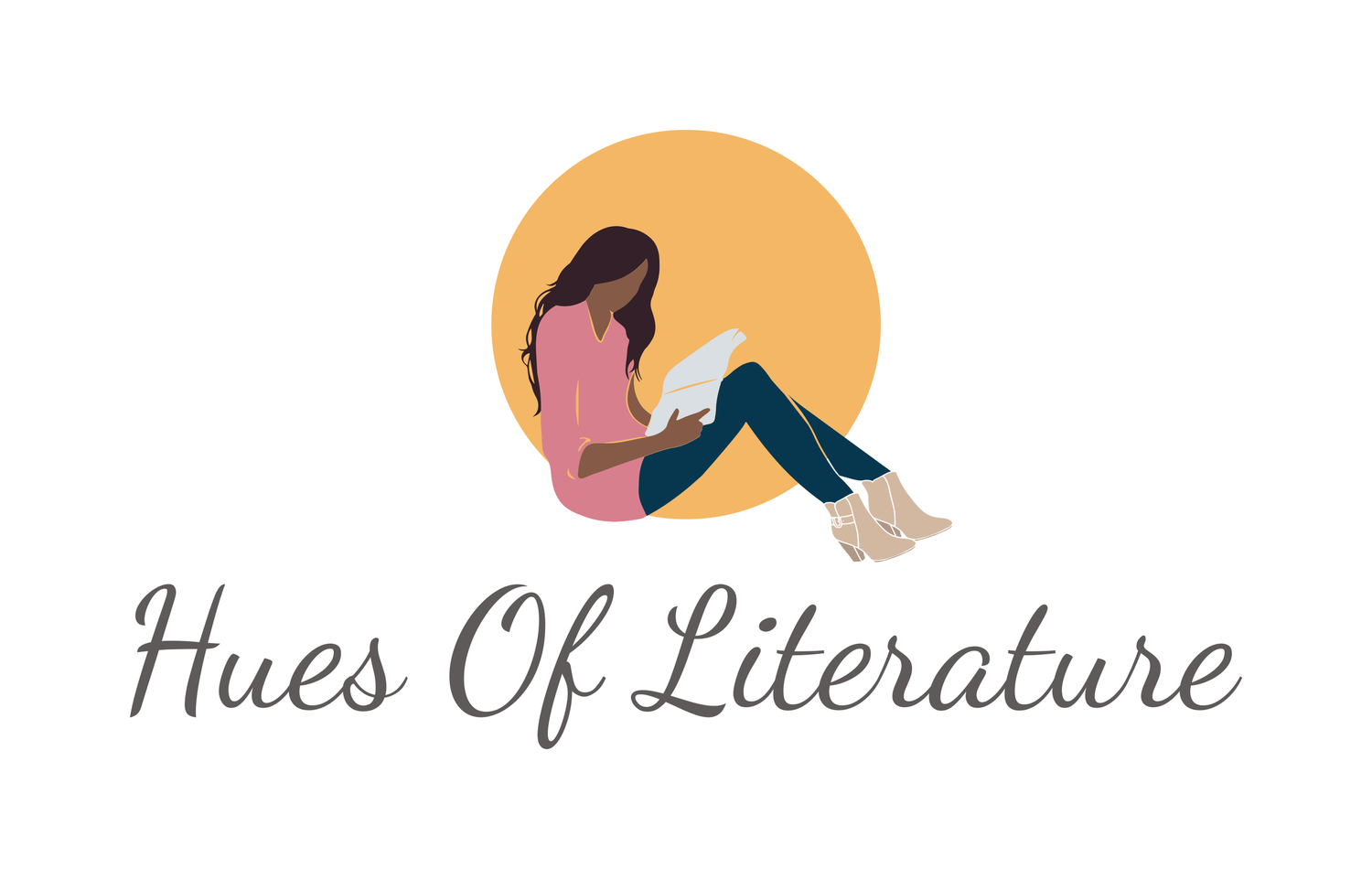Navigating Imaginary Worlds: The Significance of Book Maps
Literary Cartography….Book Maps!
Book maps are more than mere illustrations; they serve as gateways to fictional realms in the stories we read. Whether it’s a sprawling fantasy kingdom, a mysterious island, or a futuristic city, these maps provide readers with a visual anchor, inviting them to explore alongside the characters. Let’s take a deeper dive into why book fictional cartography matters!
Enhancing the Reader’s Experience
As readers, we dive into new worlds all the time. But sometimes it’s difficult to orient yourself within the setting of a book and understand the new world we have entered. Book maps enhance our experience by providing a visual representation of the story. From spatial orientation to clues there’s so much to discover.
Spatial Orientation
🗺️Guiding Readers: Book maps orient readers within the story’s geography. They help us visualize the layout of cities, forests, mountains, and rivers. When Frodo embarks on his quest in “The Lord of the Rings,” the map of Middle-earth becomes our compass.
🗺️Creating Immersion: A well-crafted map immerses readers. We mentally traverse the same paths as our favorite heroes, feeling the crunch of leaves underfoot or the salty breeze from the sea.
Emotional Connection
🗺️Sense of Place: Maps evoke a sense of place and belonging. When we see Hogwarts’ grounds or Narnia’s borders, we connect emotionally. These places become as real to us as our own hometowns.
🗺️Anticipation and Exploration: As we follow the dotted lines, we anticipate adventures. The uncharted territories beyond the map’s edges beckon—an invitation to explore the unknown.
Clues
🗺️Hidden Secrets: Some maps hold secrets. X marks the spot where treasure lies buried, or a cryptic inscription hints at a hidden passage. Readers become detectives, decoding symbols and unraveling mysteries.
🗺️Interactive Reading: We flip back to the map, tracing the characters’ journey. Did they take the forest path or the treacherous mountain pass? The map becomes our companion.
Maps as Catalysts in Storytelling
Literary maps contribute so much to storytelling! From world-building to genre-specific maps, we gain so much more from the story.
World-Building
📖Visual World: Authors use maps to build intricate worlds. Tolkien’s Middle-earth, George R.R. Martin’s Westeros, and Ursula K. Le Guin’s Earthsea gain depth through cartography.
📖Cultural Insights: Maps reveal cultural nuances. Borders, trade routes, and disputed territories reflect political tensions or historical alliances.
Plot Advancement
📖Plot Navigation: Maps propel the plot. Characters follow trails, cross borders, and encounter obstacles. The map isn’t static; it evolves with the story.
📖Symbolic Journeys: Maps mirror character arcs. Frodo’s path to Mount Doom symbolizes his inner struggle, just as Odysseus’ voyage home becomes a metaphor for self-discovery.
Genre-Specific Maps
📖Fantasy and Adventure: These genres thrive on maps. From “Treasure Island” to “Game of Thrones,” maps are essential companions.
📖Historical Fiction: Maps ground historical context. They show trade routes, battlefields, and empires—the pulse of bygone eras.
Book maps are more than ink on paper; they’re portals to another world. So next time you open a novel, take a moment to appreciate the map nestled among the pages. It might just lead you to your next great adventure!
~ Danielle





